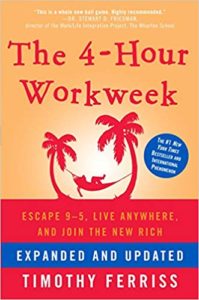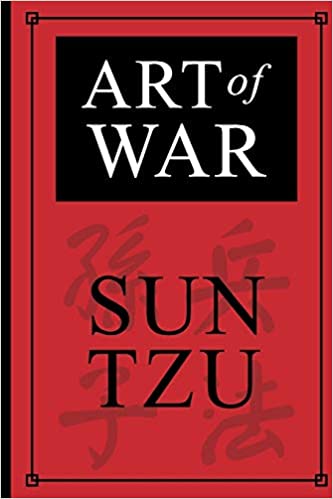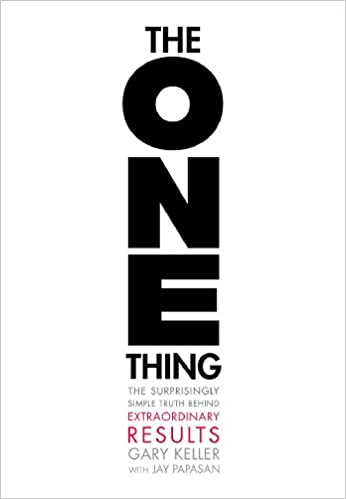
Book: The 4-Hour Workweek: Escape 9-5, Live Anywhere, and Join the New Rich
Author: Timothy Ferris
Year Published: 2009 (Original 1997)
Book Summary
Top Line
The 4-Hour Workweek is the step-by-step blueprint for achieving financial freedom driven through business and lifestyle design. This book is about the application of Pareto’s 80/20 principle into an individual’s business life. The 80/20 principle states that about 80% of your productivity will come from about 20% of your time. The other 20% of your productivity will need the balance 80% of your time.
The application of this model helps you live your life in a much more efficient fashion. Hence, the book’s title “The 4-Hour Workweek”.
Book Summary
The 4-Hour Workweek comes like a jolt out of the blue. While there are some parts at the beginning of the book that appears to be in the same genre as “get rich quick” books, the book takes hold quickly with ideas that make you pause. Ideas flow incessantly in this book.
Emphasize strengths, don’t focus on the weaknesses
A vital aspect of the book’s thesis is that most people are good at doing some things, but they are uniformly terrible at doing most other things. It, therefore, is far more beneficial and fun to leverage your strengths, rather than try and patch your weaknesses. You can get the lift from multiplying what you have strengths on, instead of incremental improvements at best on your weaknesses.
The 4-Hour Workweek consists of four sections. Each section explores one aspect of Ferris’ proposed lifestyle design:
Step-1: D is for Definition
What would you get if you commit to a job and work hard all your life at it? In the end, all that you will likely get will be a Golden Watch and a pat on the back. Therefore, abandon the idea of working to retirement.
Your focus needs to be on your relative income (your earnings per hour) rather than absolute annual income.
Now, take five minutes to dream. If you weren’t doing the things that you do now, what would you be doing with your life at this moment? Now define that dream in as much detail as possible.
Next, take another five minutes and imagine a nightmare. What would be the absolute worst that could happen if you chose to follow your dream?
Now, define that nightmare in as many details as possible.
Compare your dream and your nightmare. What is your net position? Is the nightmare terrible enough to make you abandon your dream?
Now list the dream as tangibles. How far are you from achieving your dream?
The unrealistic is frequently more accessible than the realistic; there’s less competition.
The further sections of the book go into the steps of how you can achieve this dream.
Step-2: E is for Elimination
Eliminate the mundane and the humdrum from your life. This elimination will be the foundation of how you can improve your daily professional life. Some examples:
- Make your to-do list before you finish your workday. Set a simple rule – for each item ask yourself if this was the only thing you did would you see your workday as productive?
- Stop multitasking.
- End your day at 4 PM and end your week on Thursday. Force yourself to compress your productive time.
- It’s more productive to carry around a written to-do list than to keep one on your computer.
- Check and respond to your emails only twice a day. You will discover how bogged down you were before this.
- Don’t go to a meeting that doesn’t have a definite agenda.
- Life exists to be enjoyed. The principle goal should be to feel good about yourself.
Step-3: A is for Automation
Automate your business by becoming a professional middleman. Learning to outsource is the path of the entrepreneur who does little to no work himself or herself.
Find someone who can do the job you need to do, and if they can do it 80% as well as you, then outsource or delegate it.
By becoming this creative middleman, you create a stream of passive income that justifies the 4-hour Workweek.
Step-4: L is for Liberation
How do you find liberation? First-step, change your job. Find something that allows you to work at least part of the time remotely. Gradually keep moving towards a completely remote work life. Once you are at this point, you can work from anywhere and entirely on your terms.
You can quit your job if and when you can find the entrepreneurial opportunities defined in section-3.
In a nutshell, identify and define your dreams, enhance productivity, generate passive income, and now you are ready for your 4-hour Workweek.
So what do you do with the hours that you have freed up? This loop is the entire idea of the book. You now have the time to spend on fulfilling your dream.
My Recommendation
Despite its rather apparent flaws, the 4-Hour Workweek is a book that makes you take a second look at something that you thought you knew well – Your professional life and what counted as a success.
It helps look at defining a successful professional life from a refreshingly new angle. While most people will benefit from it, I would recommend this most to someone who wants to change their job because it sucks!
But be careful, this book should not be used as a DIY manual. It’s more a book that helps you reframe your professional life. Cherry-pick ideas that work for you, and which play to your strengths. Playing to your strengths is something that Ferris himself recommends.
I would strongly recommend this book.




